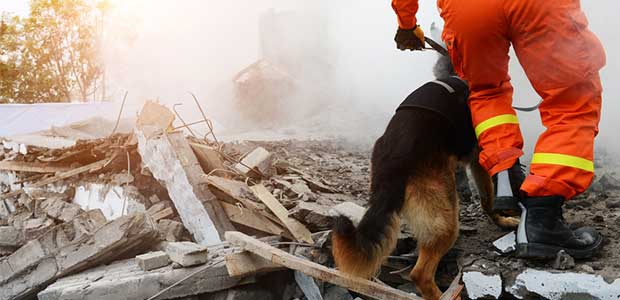
The National Resource Defense Council (NRDC) just released a report that argues how climate disruption is a growing danger to the health of indoor and outdoor workers. Read what the NRDC and researchers have to say.

As the pandemic continues, the need for environmentalism shows the overlap between health, sustainability and business. It is up to businesses to adapt, and improve.
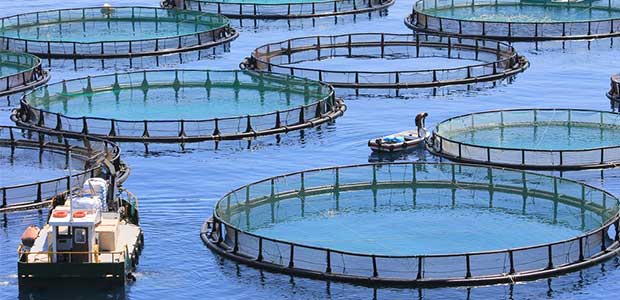
The seafood industry relies on one of the world's biggest and most important ecosystems: the ocean. Here are ways the fishing industry is being pressed to operate more sustainably.
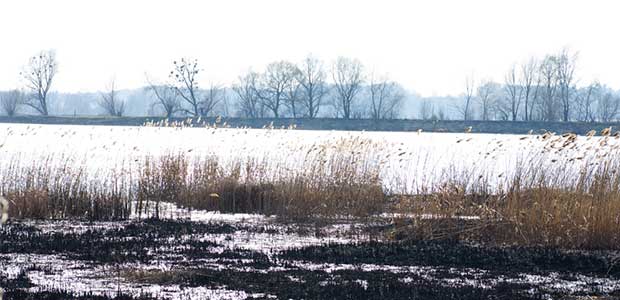
Arctic fires are not necessarily uncommon, but recent fires up north last month are unlike previous blazes; intense arctic wildfires in June not only released record amounts of pollutants into the air, but it also pushed global temperatures dangerously higher.
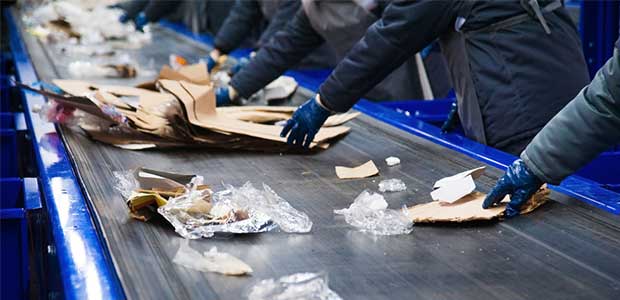
COVID-19 has disrupted companies of all types worldwide. Despite hard times, however, there are steps you can take to stabilize your operation.

The company’s annual report is a thorough and encompassing analysis of its progress and goals for environmental and social change around the world. With new announcements, familiar commitments and impressive goals, HP’s 2019 Sustainable Impact report is surely a business model you want to check out.

Every year, June 22 is recognized as World Rainforest Day: a day committed to raising awareness about our world’s largest source of oxygen—and one of the Earth’s most important types of ecosystems. This year, 45 major businesses decided to recognize it together by reevaluating their supply chains.

If you want to help your business be greener and more eco-friendly, you’re not alone. Here are some manageable steps you can take to reach your goals for environmental responsibility—and cut costs in the process.
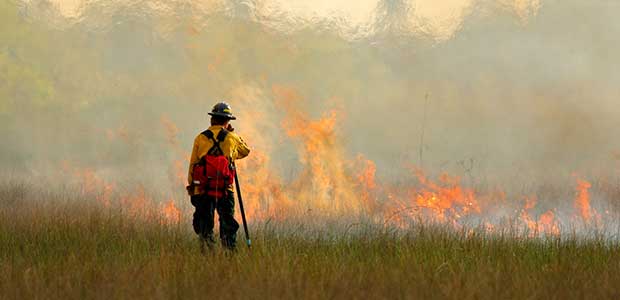
This year started with a burning Australia and then a worldwide pandemic. As Australia recovers from its scorched landscape with new fire response technology, the U.S. enters into a hot summer season of high fire risk—with little wildfire funding after COVID-19.

The pandemic has meant less car pollution, but not much of a decrease in overall pollution. Why? Because car pollution is just one player.
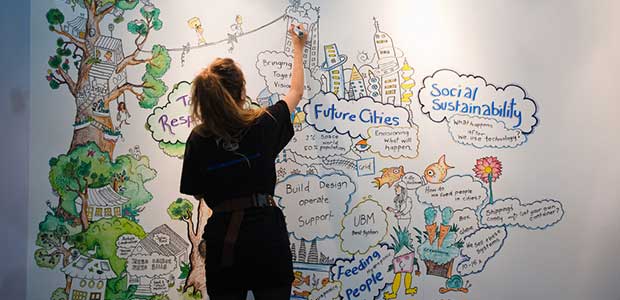
Businesses have a responsibility to consider to environment--for the sake of the earth and consumers. That responsibility does not disappear during a pandemic, as climate change, resource scarcity, and many other challenges do not shelter in place along with us.

For many policymakers, efforts to reopen the economy overlap with the need for green initiatives. As various regions prepare for the bumpy road ahead, the focus on green living and environmental protection has never been more crucial.
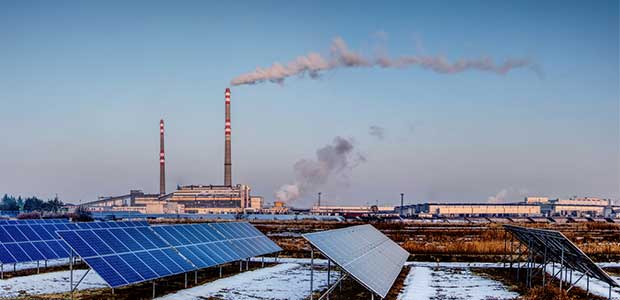
The coronavirus pandemic has caused hardships on many industries—the fossil fuel and clean energy industries alike. However, this is the first time in history that renewable energy use is expected to eclipse coal reliance in the U.S., and its effects on climate change are big.

As part of Earth Week last week, the NYT Greenhouse gave its recommended list of books on climate change and hosted a conversation with Earth Day organizer, Denis Hayes, and other environmentalists. Here’s the inside scoop.

Since its birth in 1970, Earth Day has become a worldwide movement to garner more attention for the environment, its resources and its species. While the movement has evolved over the years, its ultimate call to action has only gotten louder.
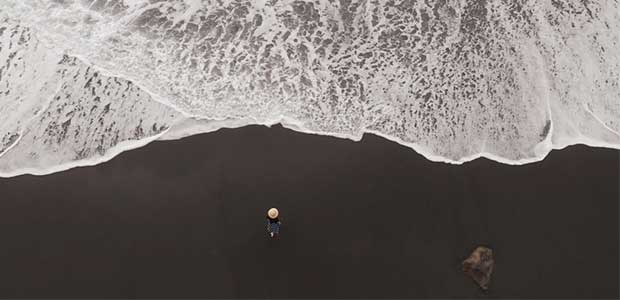
Today the New York Times hosted its second digital climate change event, The Greenhouse, to talk about climate change stories using visual elements—and how the simple technology of a photo has helped transform the climate change discussion over the last few decades.

Kicking off the first of a five-part series titled The Greenhouse, the New York Times has invited listeners around the U.S. to hear what climate journalists have to say about global warming climate change in the age of the coronavirus. Here’s a recap of the first event.

In response to the coronavirus pandemic, the EPA drastically reduced pollution rules for power plants, factories and other facilities.

The Environmental Protection Agency (EPA) just released a list of EPA-registered disinfectant products that have qualified for use against SARS-CoV-2, or the coronavirus that causes COVID-19.

A recent report details national and global security threats related to climate change in the hopes that decision-makers and leaders will recognize the relationship between global warming and security.